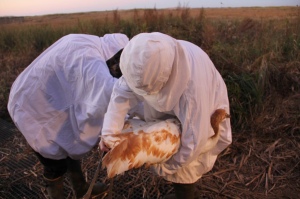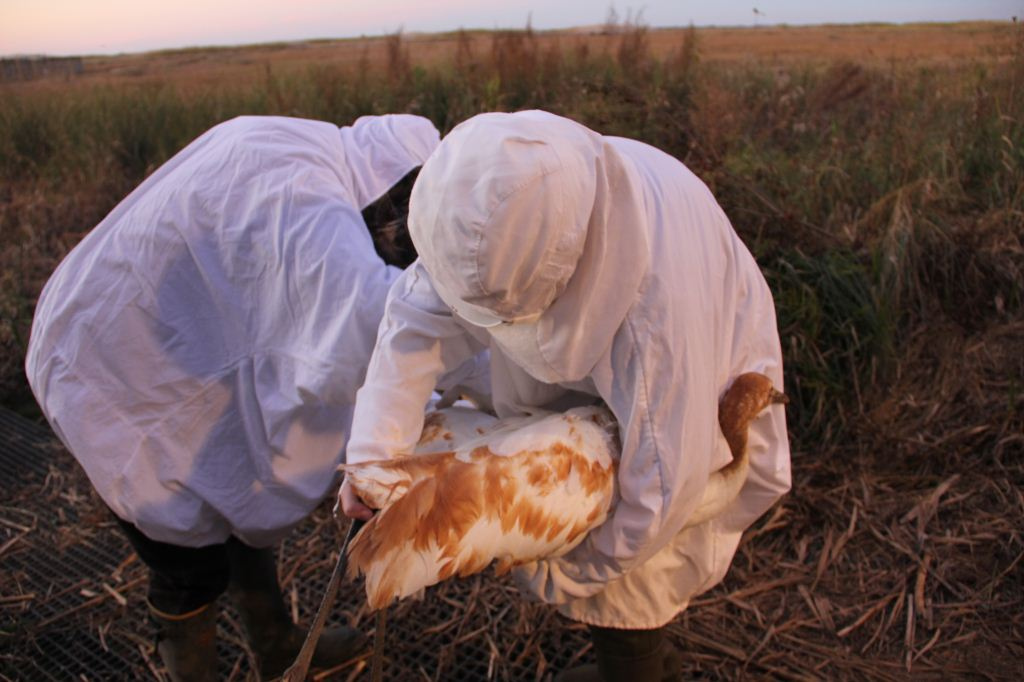Ethics in the Field: How far should we go to bring back lost species?
Translocation, captive breeding, somatic cell nuclear transfer (cloning), back-breeding, gene and seed banking—the list goes on. Today, there are a whole range of different technologies and techniques aimed at holding on to, or even resurrecting, species that might already be thought of as “lost” in some significant sense.
My inclination is not to definitively rule any of these interventions in or out in an absolutist manner. Rather, in a mode of thought coloured by Donna Haraway’s “cyborg politics”—which refuses both technophobia and technophilia—my approach to the complex ethical terrain opened up here demands attention to both the exciting, potentially world-enhancing possibilities of each approach, and to the many serious problems and difficulties that they raise.
 I was recently asked to contribute to an online discussion on the Center for Humans and Nature website on the topic “How far should we go to bring back lost species?” You can read my full contribution to that discussion here.
I was recently asked to contribute to an online discussion on the Center for Humans and Nature website on the topic “How far should we go to bring back lost species?” You can read my full contribution to that discussion here.
You can also read the whole set of responses from a range of fascinating folks here.
Photo credit: “Veterinarian Examines Whooping Crane” by Martine Angel. Louisiana Department of Wildlife and Fisheries.
